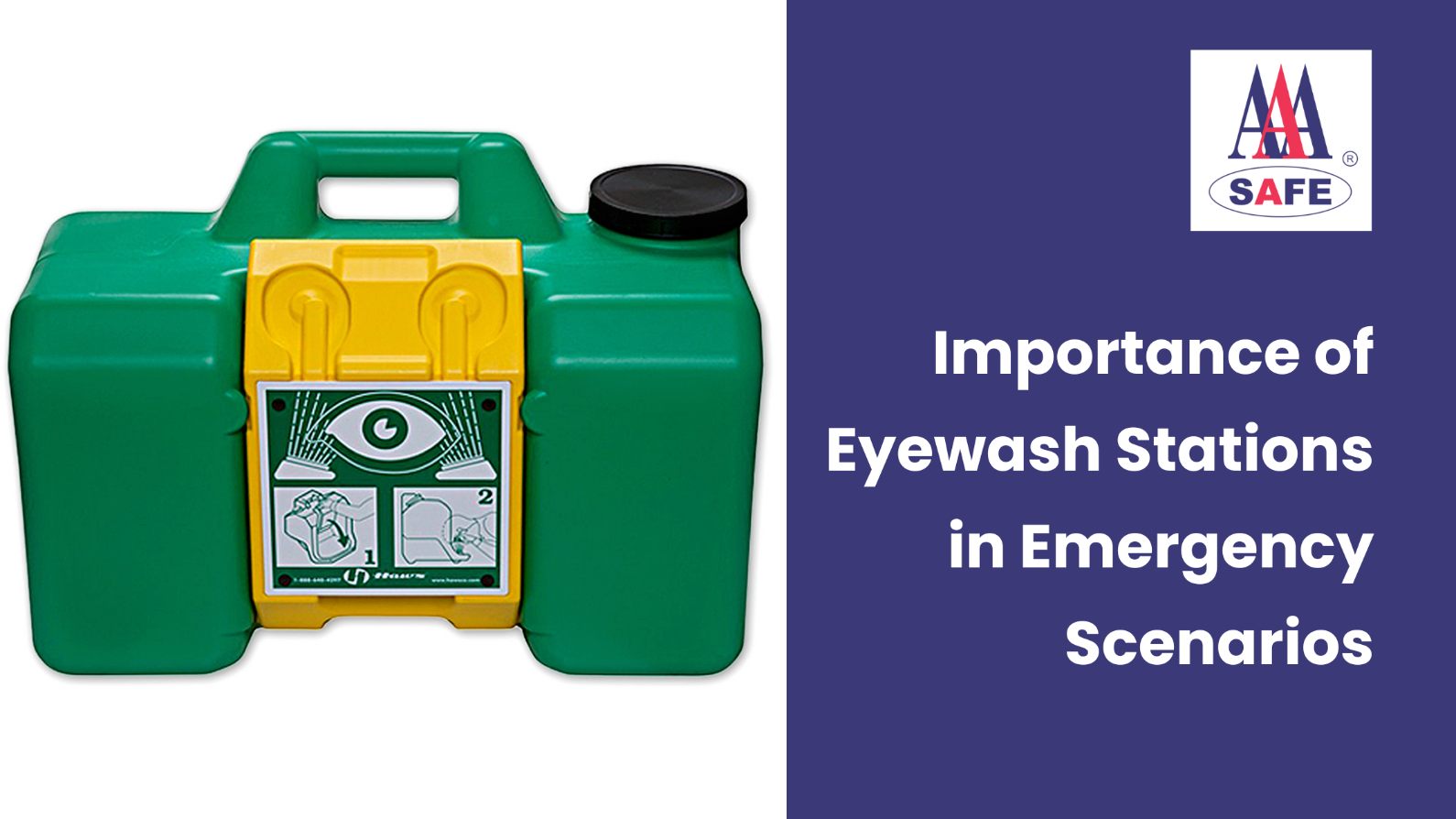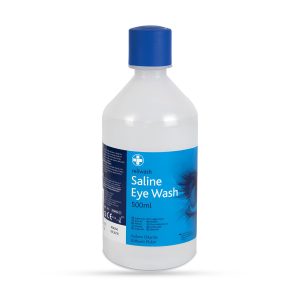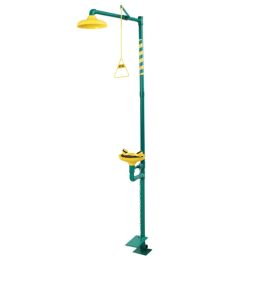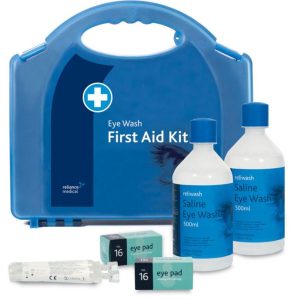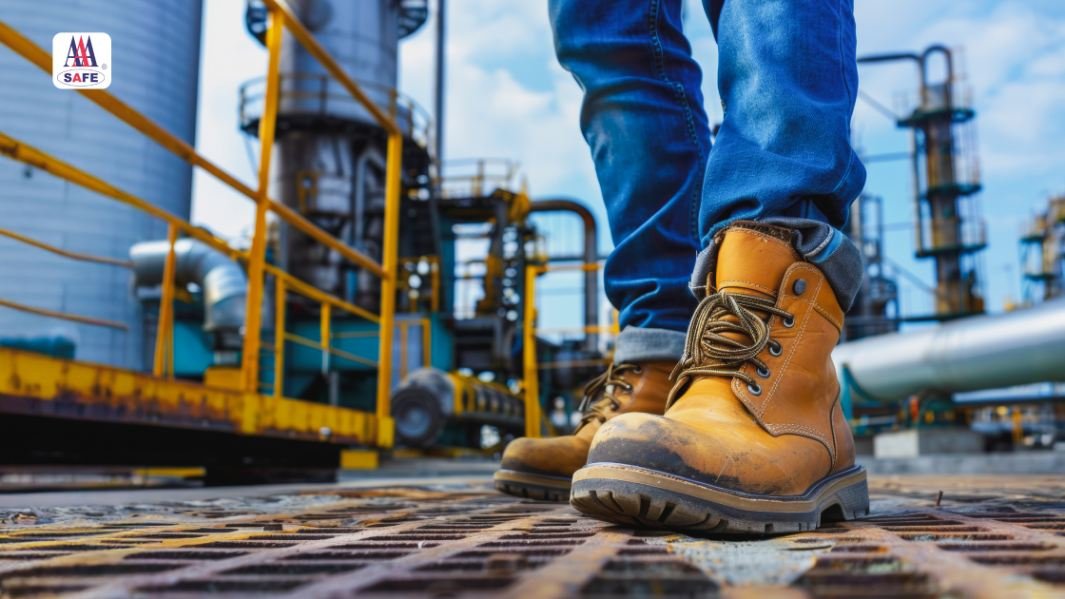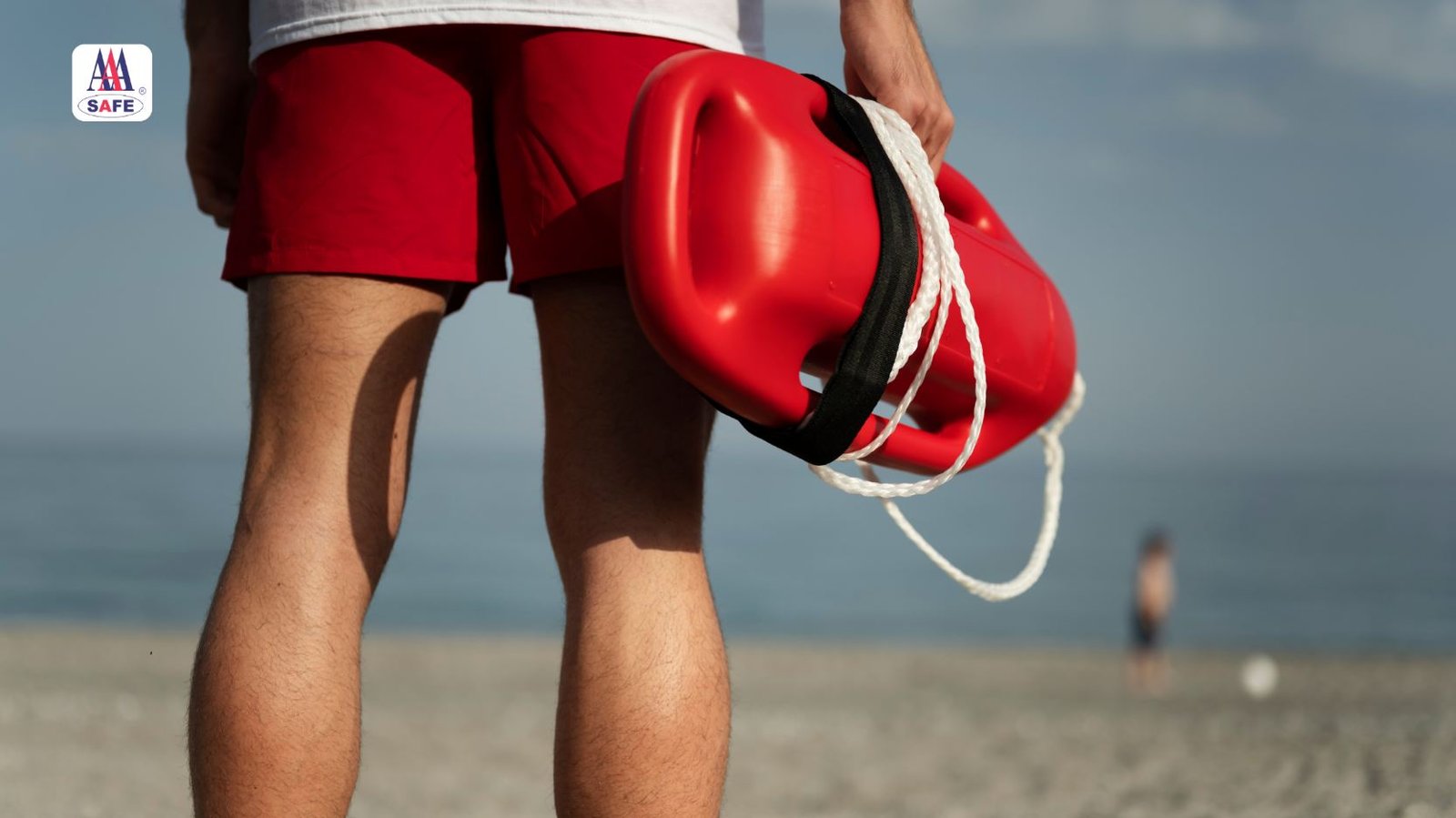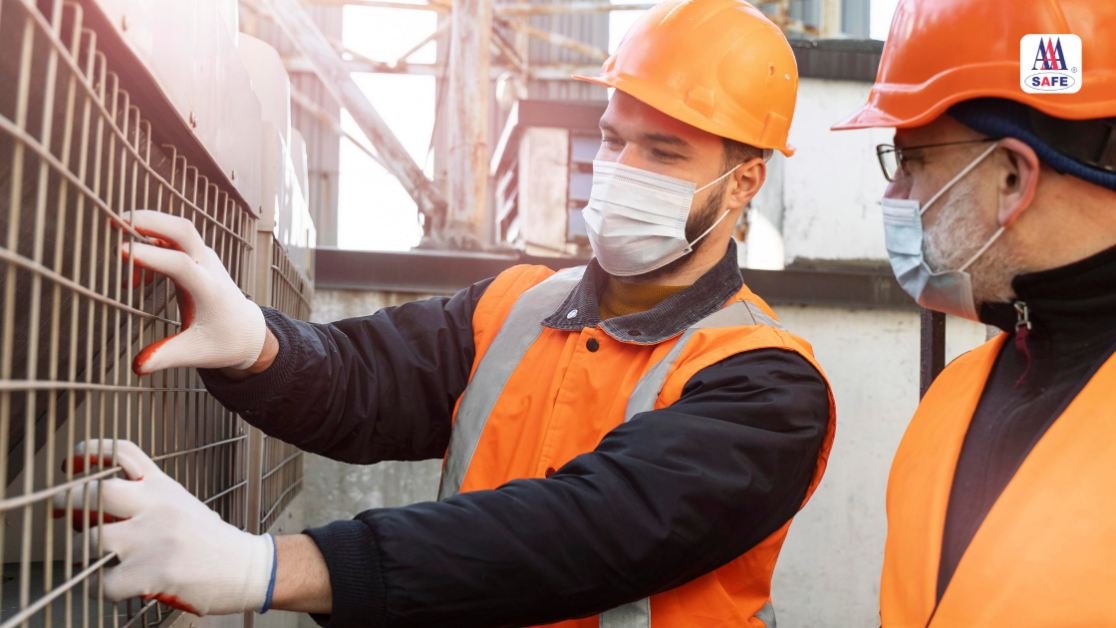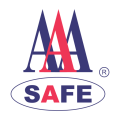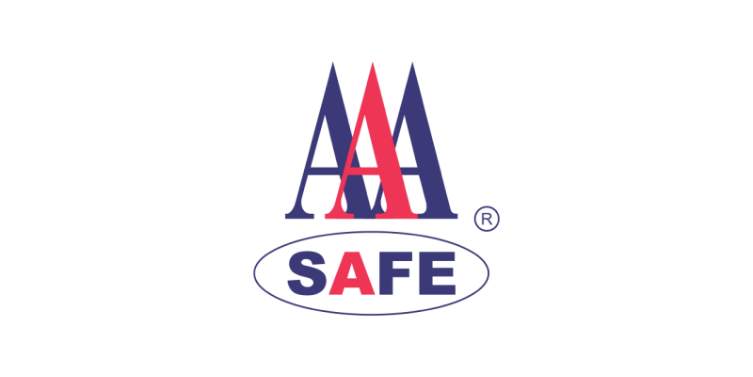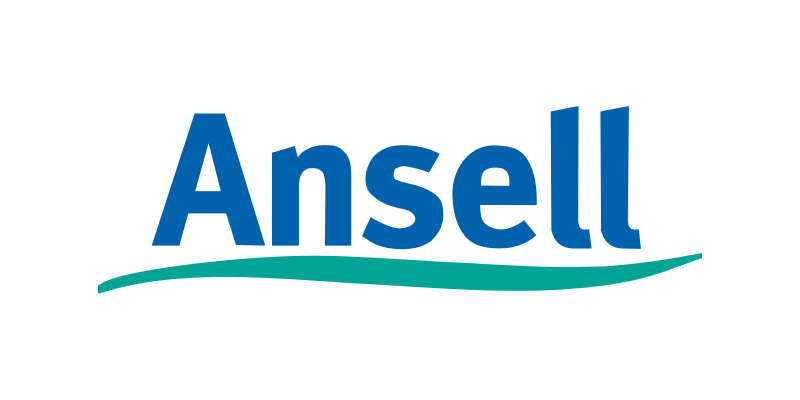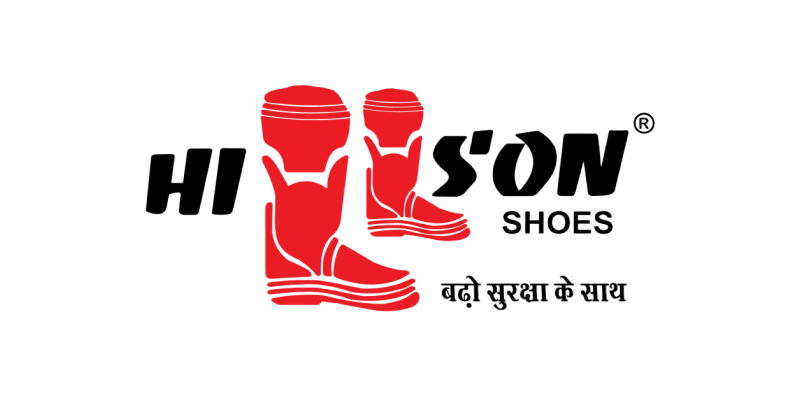In industrial and laboratory environments, where hazardous chemicals and materials are frequently handled, the risk of eye injuries is significant. The United Arab Emirates (UAE), known for its rapid industrial growth and stringent safety regulations, underscores the critical importance of having functional eyewash stations. This guide explores the essential role of eyewash stations in emergency scenarios, detailing their benefits, maintenance, and compliance requirements within the UAE context.
Understanding Eyewash Stations
Eyewash stations are crucial safety devices designed to flush out hazardous substances from the eyes. They are engineered to provide immediate decontamination, significantly reducing the risk of severe eye injuries and potential vision loss. In environments where workers are exposed to chemicals, dust, or other irritants, eyewash stations are indispensable.
Types of Eyewash Stations
1. Plumbed Eyewash Stations:
These stations are permanently connected to a water source, ensuring a continuous flow of water for eye flushing. They are ideal for fixed locations with a reliable water supply, such as laboratories and industrial facilities.
2. Portable Eyewash Stations:
Self-contained and movable, these units can be relocated as needed. They are suitable for areas lacking a fixed water supply, making them versatile for various work environments.
3. Combination Units:
These units offer both eyewash and emergency shower capabilities, providing comprehensive decontamination for the eyes and body. They are particularly valuable in settings where extensive exposure to hazardous substances is a concern.
The Importance of Eyewash Stations
1. Immediate Response to Chemical Exposure
In the event of chemical exposure, the first few seconds are crucial. Eyewash station offer immediate flushing of the eyes, helping to remove harmful substances before they can cause permanent damage. This rapid response is vital in preventing serious injuries and minimizing the impact of exposure.
2. Compliance with Health and Safety Regulations
The UAE’s stringent health and safety regulations mandate the implementation of adequate safety measures, including eyewash stations, in environments where hazardous substances are present. Adhering to these regulations is not only a legal obligation but also a testament to an organization’s commitment to employee safety and well-being.
3. Reducing the Severity of Injuries
Eyewash stations play a critical role in reducing the severity of eye injuries. Immediate decontamination helps to dilute and remove irritants, preventing further harm. This can lead to improved recovery outcomes and reduce the necessity for extensive medical treatment.
4. Enhancing Workplace Safety
Incorporating eyewash station into a workplace safety strategy is essential. They provide a crucial first line of defense against eye injuries, ensuring employees have access to necessary first aid equipment. This contributes to overall workplace safety and mitigates the risk of accidents.
Maintenance and Best Practices
To ensure eyewash stations are effective during emergencies, regular maintenance and proper usage are paramount.
1. Regular Inspection and Testing
- Weekly Activation: Eyewash stations should be activated weekly to verify their working condition and to flush out any stagnant water that might contain contaminants.
- Annual Maintenance: A thorough inspection should be conducted annually to check for leaks, clogs, and other issues that could impair performance.
2. Proper Placement and Accessibility
- Strategic Location: Eyewash stations should be placed in easily accessible locations, close to areas where hazardous materials are used. They should be clearly marked with visible signage to ensure prompt access in an emergency.
- Unobstructed Path: Ensure the path to the eyewash station is clear of obstacles, allowing for immediate access when required.
3. Training and Education
- Employee Training: All employees should receive training on the proper use of eyewash stations, including how to activate them and the importance of flushing the eyes for the recommended duration of 15 minutes.
- Regular Drills: Conduct regular safety drills to familiarize employees with the location and operation of eyewash station, ensuring they are prepared to respond effectively in an emergency.
Compliance and Legal Considerations
In the UAE, adherence to safety regulations is mandatory for businesses operating in environments with hazardous substances. Regulatory bodies such as the Dubai Municipality enforce these regulations to ensure workplace safety. Non-compliance can result in legal penalties and damage to an organization’s reputation.
1. International Standards
Eyewash stations should comply with international standards such as ANSI Z358.1, which outlines specifications for emergency eyewash and shower equipment. Adhering to these standards ensures that the equipment meets global safety benchmarks.
2. Documentation and Record Keeping
Maintaining detailed records of inspections, maintenance, and employee training is crucial for demonstrating compliance during audits and inspections. Proper documentation reflects a commitment to safety and regulatory adherence.
Conclusion
In the UAE’s industrial and laboratory settings, where hazardous substances are commonly used, the importance of eyewash stations in emergency scenarios cannot be overstated. These stations provide immediate decontamination, helping to reduce the risk of serious eye injuries and ensuring compliance with health and safety regulations. By prioritizing the installation, maintenance, and proper use of eyewash stations, businesses can enhance workplace safety, protect their employees, and demonstrate their commitment to maintaining a safe working environment.

